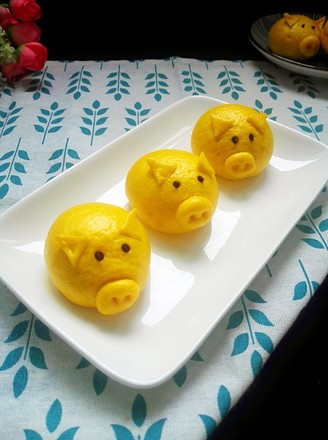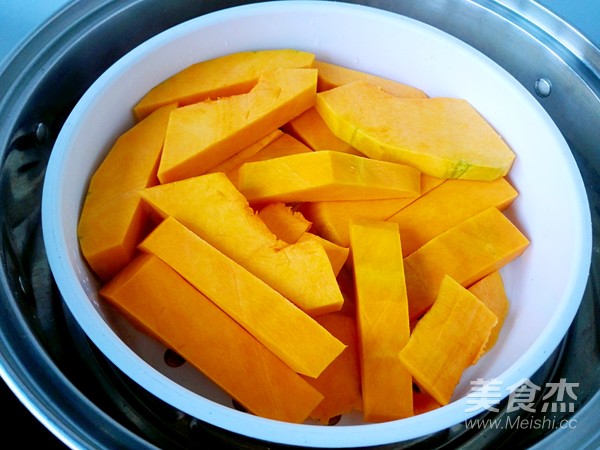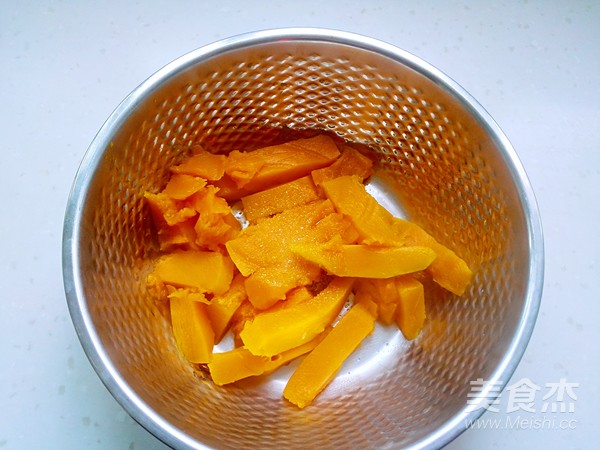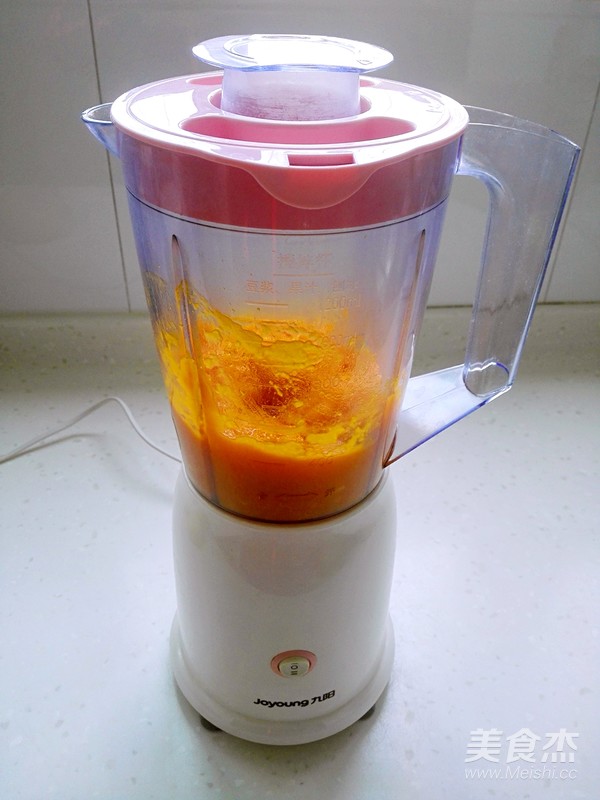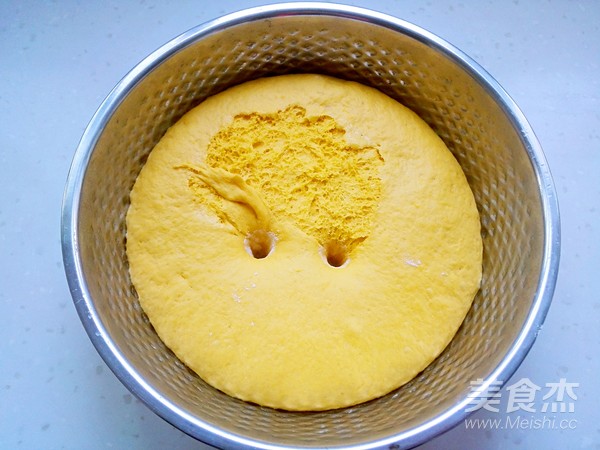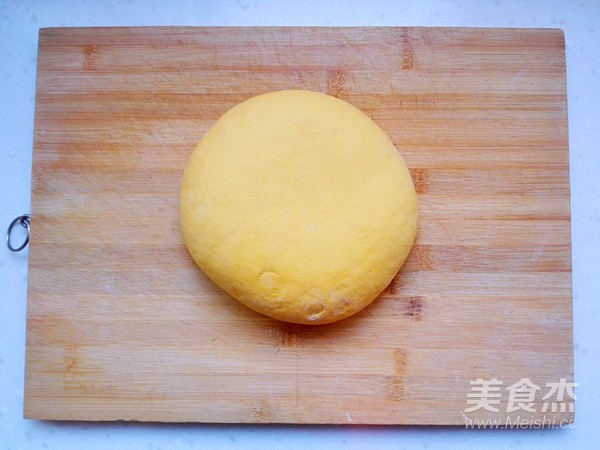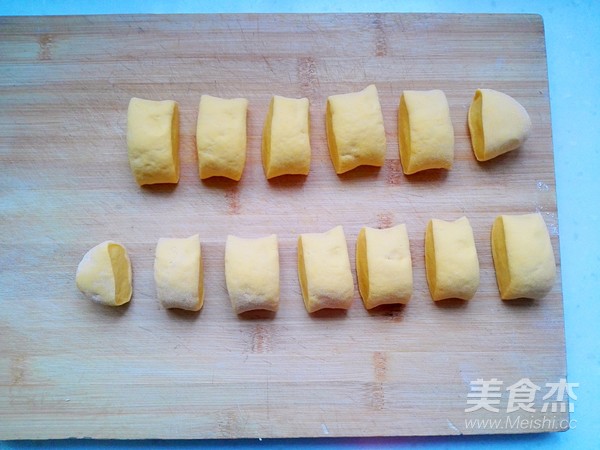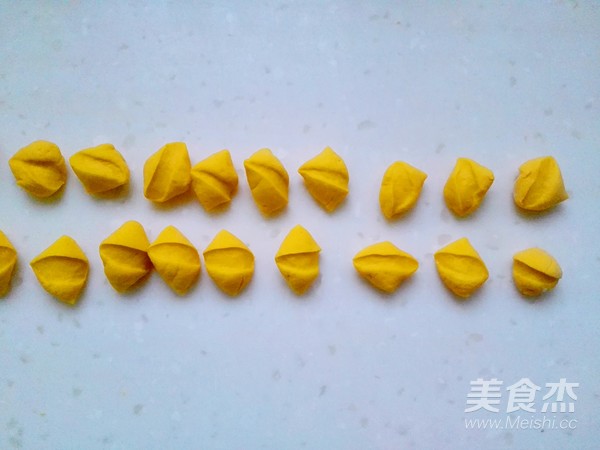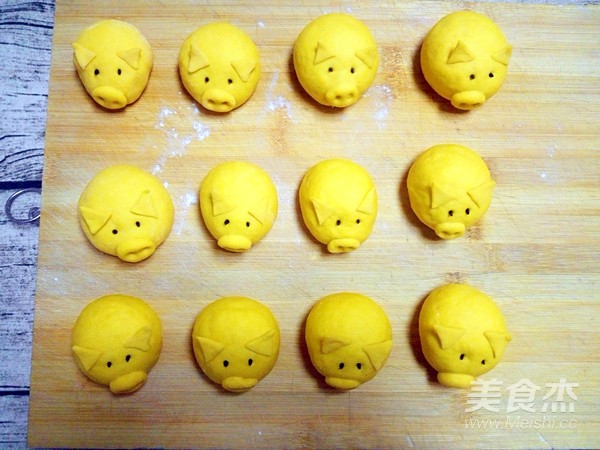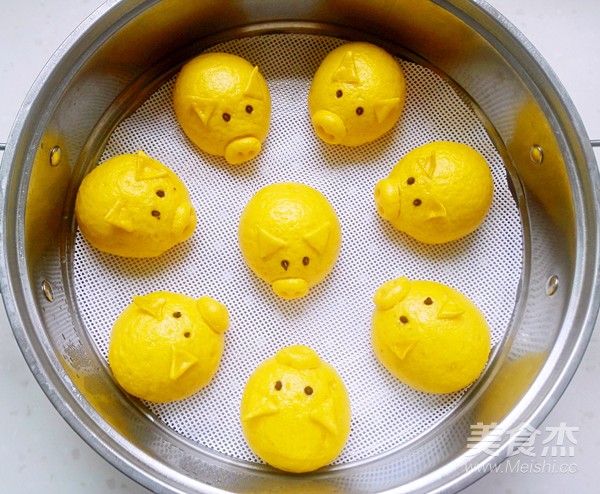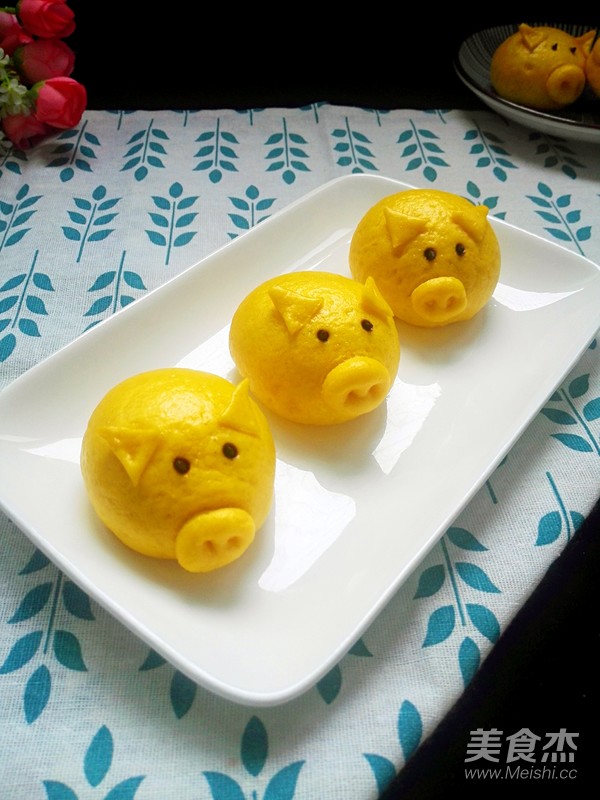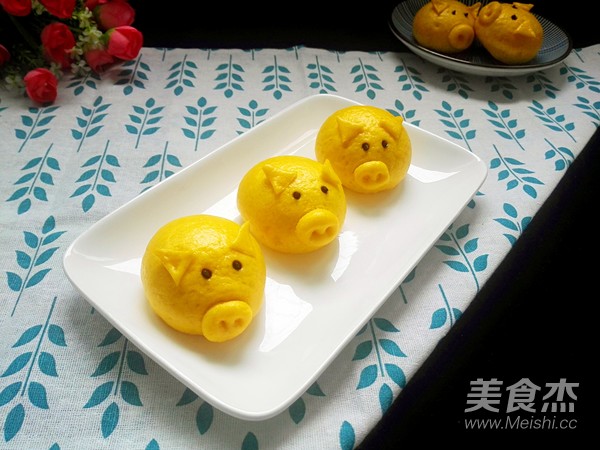Pumpkin Piggy Buns
by Xiao Bao E Niang 131425
Favorite
Difficulty
Easy
Time
15m
Serving
3
November 1st is a traditional Western holiday, Halloween. Westerners will worship the dead and pray for peace on this day. It is also a festival to celebrate the autumn harvest.
With the introduction of Western culture, some Western festivals have gradually become popular in China. Various funny foods such as witch fingers, candies and pumpkin delicacies are popular. There is a saying: "Halloween is here, pumpkins are pretty", and pumpkins are also ten thousand. Festive food for Holy Eve.
Halloween is coming soon, Erniang also made a cute pumpkin piggy bun for the baby, join in the fun, should it be the scene, haha. . .
With the introduction of Western culture, some Western festivals have gradually become popular in China. Various funny foods such as witch fingers, candies and pumpkin delicacies are popular. There is a saying: "Halloween is here, pumpkins are pretty", and pumpkins are also ten thousand. Festive food for Holy Eve.
Halloween is coming soon, Erniang also made a cute pumpkin piggy bun for the baby, join in the fun, should it be the scene, haha. . .

